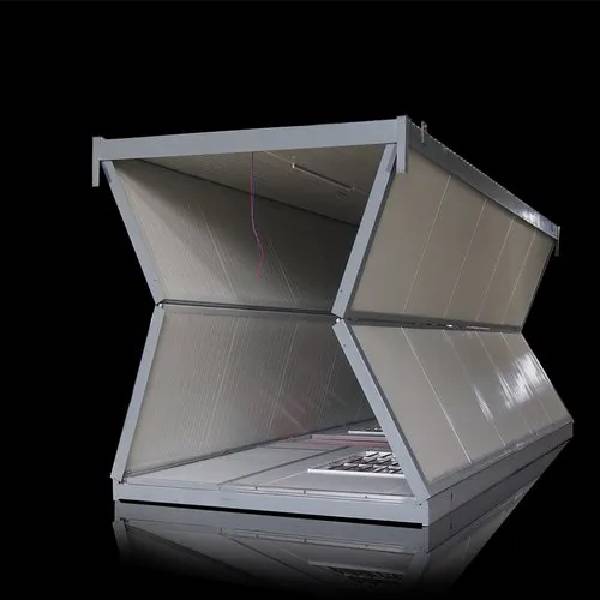Photonics Market To Reach US$ 1,584.8 Million By 2022, With 23.03%
 |
| Photonics Market |
Photonics is the science and technology of generating and controlling light, and finding applications in various industries such as telecommunications, healthcare, defense, and consumer electronics. The advantages of photonics products include high speed and efficiency, low power consumption, and the ability to transmit and process vast amounts of data. The increasing need for faster and more efficient data transmission, rising demand for high-speed internet and networking, and growing adoption of photonics in industries such as healthcare and defense are driving the market growth.
Market Key Trends:
One of the key trends in the Photonics Market is the increasing use of photonics in telecommunications. With the growing demand for high-speed internet and the emergence of technologies such as 5G, the need for efficient data transmission is on the rise. Photonics technology offers higher capacities and faster data transfer rates compared to traditional electronic-based systems. It enables the transmission of large volumes of data at incredibly high speeds, resulting in improved network performance and reduced latency. Additionally, photonics-based communication systems consume less power, making them more energy-efficient. As a result, telecom operators and network providers are increasingly adopting photonics technology to enhance their network infrastructure and deliver faster and more reliable services to customers.
The global Photonics Market Demand is estimated to be valued at US$1,584.8 million in 2022 and is expected to exhibit a CAGR of 23.03% over the forecast period (2023 to 2030), as highlighted in a new report published by Coherent Market Insights.
The photonics market can be segmented based on product type, application, and region. In terms of product type, the segmentations include LED, laser diode, image sensors, and optical fibers. Among these, the optical fibers segment dominates the market due to the increasing demand for high-speed data transmission in various industries such as telecommunications, healthcare, and aerospace. Optical fibers offer advantages such as high bandwidth, low signal loss, and resistance to electromagnetic interference, making them ideal for long-distance communication and data transmission.
In terms of application, the market can be segmented into telecommunications, healthcare, consumer electronics, aerospace and defense, and others. The telecommunications sector holds the largest market share, driven by the increasing need for high-speed internet connectivity and the adoption of technologies such as 5G. The healthcare sector is also witnessing significant growth in the photonics market, fueled by the rising demand for advanced medical imaging technologies and minimally invasive surgical procedures.
Key Takeaways:
This growth can be attributed to several factors. Firstly, the increasing demand for high-speed data transmission and communication networks is driving the adoption of photonics technologies, particularly optical fibers. The telecommunications sector, in particular, is fueling market growth due to the need for faster and more reliable internet connectivity.
Regionally, North America is expected to be the fastest-growing and dominating region in the photonics market. This can be attributed to the presence of major market players, technological advancements, and a strong focus on research and development activities in the region. Additionally, the increasing investments in the healthcare sector and the growing demand for advanced medical imaging technologies further contribute to the market growth in North America.
Key players operating in the photonics market include Broadcom Inc., Sicoya GMBH, GlobalFoundries Inc., Intel Corporation, Juniper Networks Inc., Cisco Systems Inc., IBM Corporation, and NeoPhotonics Corporation. These companies are focusing on product innovations, collaborations, mergers and acquisitions, and partnerships to strengthen their market position and gain a competitive edge. The market is highly competitive, and these key players are continuously investing in research and development activities to introduce advanced photonics solutions to meet the evolving market demands.



Comments
Post a Comment